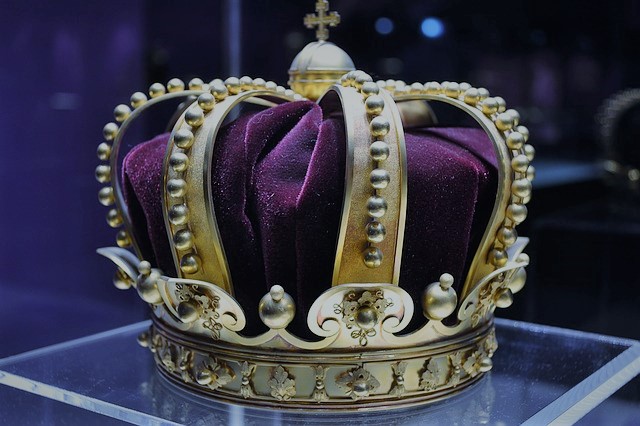
When I started to write my latest book The Unsold Child, I wanted to know how it is really done in a modern police force. I wanted to bring the police procedural genre up to date. The research was fascinating and I can now pass on to you some of the things I found out.
1 The crime scene
The first officer on the scene will almost certainly be a uniformed officer. He or she becomes the First Officer Attending, or FAO will be in charge of the scene until the Senior Investigating officer arrives. Even then, he/she will be responsible for keeping a record of all officers visiting the scene and ensuring that they all wear the appropriate forensic suit. For most forces in the UK, forensics is separate from investigations. They are generally referred to as Scene of Crimes or SOC. In the wake of a certain TV program, some forces now call them CSI. For most forces Scene of crimes have been privatised and investigators have no police powers. There may be a team of investigators or just one depending on the work. The team will be led by a Crime Scene Manager. From the moment the CSM arrives, they will be in charge of the crime scene. Detectives only enter at the invitation of the CSM. The only time a detective gets private access to the crime scene is in that short time between their arrival and the arrival of the CSM. This is done for a good reason. Theories should be developed as a result of the evidence, as opposed to looking for evidence to back up a preconceived theory.2 Blood spots are rarely round.
Unless they hit the wall or object at a right angle, they will be elliptical. Drawing a line through the two widest points shows the direction the blood was travelling in when it struck the wall or object. By measuring the ratio of length to width and using some trigonometry Scene of Crime inspectors can track the trajectory of the blood back to its point of origin. Bloodspots or the lack of them are very useful to Scene of Crimes staff.3 DNA.
Only a small portion of the DNA chain is used for identification. The portions that show ethnic origin and susceptibility to particular diseases are all discarded. The part retained and held on record will only confirm identity and relationship to other persons. DNA is not fool proof, the probability of error is 1 in 700 million. One important factor is that identical twins share the same DNA. In recent years, tests have been developed which can differentiate between identical twins. It takes more time, is expensive, and would only be undertaken if it were known to be necessary.4 Identity parades.
These don't happen anymore, everything is done on video. The identity suite may not even be in the police station and is usually run by civilians. Investigating officers are not present during the viewing. This ensures that the investigator cannot influence the decision of the witness. The witness will be shown a number of similar faces, selected by computer, with photos of the suspect embedded. The video shows only the heads from three different angles and the witness can see flip back and forth through the sequence.5 ANPR
We all know about the amount of CCTV that is used in Britain. What you may not know is that Automatic Number Plate Recognition cameras cover all major roads in Britain. These are linked to a central computer. By carrying out a search on a particular number, investigators can plot the route taken by the vehicle. You can see how I used this and other information to write a truly modern crime novel by reading The Unsold Child.Kenneth George
Check out 'The Unsold Child'

0 Comments